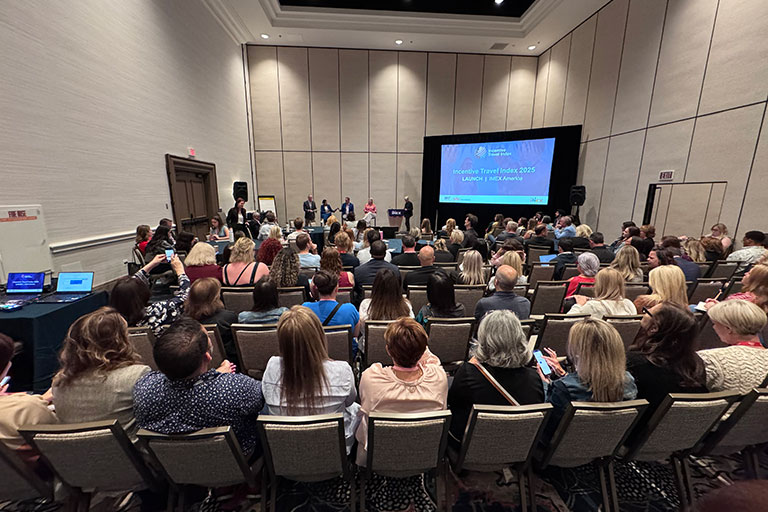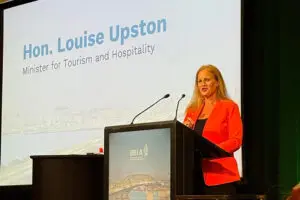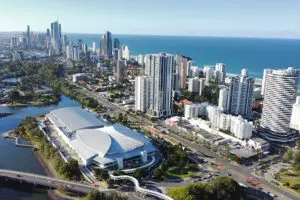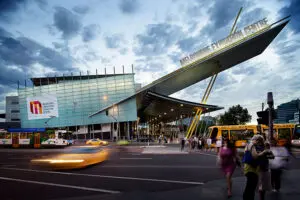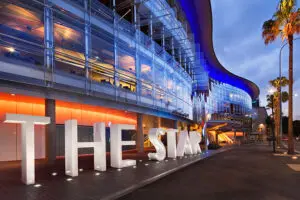The index is prepared by the Incentive Research Foundation and the Society for Incentive Travel Excellence (SITE), in collaboration with Oxford Economics.
Between May and July this year, 2,700 incentive travel professionals from 85 countries and representing 19 industries were surveyed online for the index.
The majority of respondents on a global level indicated they do not expect an increase in incentive travel activity in 2026 and 2027. For 2026, 60 per cent are expecting incentive activity to remain the same, while 13 per cent expect it to drop. In 2027, the picture is somewhat brighter, with 52 per cent anticipating similar levels of activity, while 11 per cent are expecting lower activity and 37 per cent are expecting an increase.
Incentive travel agencies made up the largest share of those surveyed for the index, at 34 per cent, while incentive program owners made up 12 per cent, incentive suppliers made up 23 per cent, DMCs made up 21 per cent and DMOs made up six per cent.
Buyers were the least optimistic in their forecasts of incentive activity growth, while destinations were the most optimistic – with DMO growth sentiment tracking almost 10 per cent higher than that of buyers.
When looking at buyer expectations by region, those based in APAC were the most positive for 2026 although buyers from this region had also moderated their growth expectations from 2024 the most.
When surveyed in 2024, 52 per cent of APAC buyers expected incentive travel growth the following year – in this year’s survey just 32 per cent are expecting activity increases next year.
Survey respondents from Western Europe were the least optimistic both in 2024 for 2025 and again this year, looking at 2026, although growth expectations have actually grown in this region from 23 per cent in 2024 to 25 per cent in 2025.
Geographically, 45.6 per cent of survey respondents for the index are based in North America, 21.3 per cent are based in Western Europe and 14.5 per cent are located across Asia Pacific, including Australia and New Zealand.
Other noteworthy takeaways from the Incentive Travel Index include a preference amongst North American incentive buyers for Oceania destinations – this was their single largest collectively preferred region for destination consideration.
Air access was also flagged in the index as being critical for incentive travel destination choice, with access considered the top must-have and lack thereof the second most significant reason for not choosing a destination, only behind personal safety. For Australia and New Zealand, as long haul markets for most of the world, air access will therefore likely remain one of the key factors for converting potential international incentive clients.
Survey results also showed novelty is prized in incentive travel, with 69 per cent of buyers saying they were seeking destinations they haven’t used before and 63 per cent saying they had booked a new destination for 2026 or 2027, proving they are walking the talk.
The report also specifically addressed sentiment for the US as an incentive destination with the broad opinion that the nation has become less attractive as a program host due to political events, visa processes and travel restrictions.




